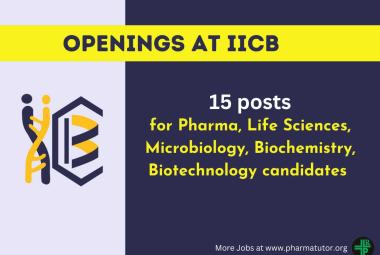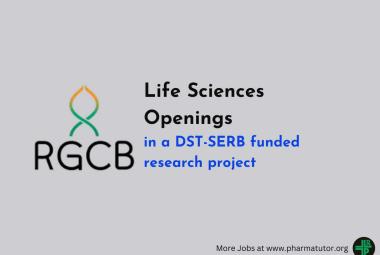RESOURCES, GUIDANCE, CONTROL AND PREVENTION FOR EBOLA VIRUS DISEASE-AN OVERVIEW
{ DOWNLOAD AS PDF }
 ABOUT AUTHORS:
ABOUT AUTHORS:
Jadhav Santosh1*, Mali Audumbar1, Tamboli Ashpak2
Department of Pharmaceutics, Sahyadri College of Pharmacy, Methwade, Sangola-413307, Solapur, Maharashtra, India1.
Department of Pharmaceutical chemistry, Sahyadri College of Pharmacy, Methwade, Sangola-413307, Solapur, Maharashtra, India2.
jadhavsan88@gmail.com*
ABSTRACT
Since the current Ebola Virus Disease (also referred to as Ebola Haemorrhagic Fever) outbreak began in Guinea in December of 2013, the outbreak now involves trans-mission in Guinea, Liberia, Nigeria, and Sierra Leone. Ebola haemorrhagic fever (EHF) is a zoonosis affecting both human and non-human primates (NHP). Ebola virus (formerly officially designated Zaire Ebolavirus, or EBOV) was first seen infecting humans in African continent; especially Sudan, Democratic Republican of Congo, Zaire and nearby countries. Fruit bats of the Pteropodidae family are considered to be the natural host of the Ebola virus. The virus is transmitted to people from wild animals and spreads in the human population through human-to-human transmission. The World Health Organization (WHO) reports that this is the largest Ebola Virus Disease (EVD) outbreak ever recorded. EVD outbreaks have a case fatality rate ofup to 90%. The research is on-going on development of making vaccine to curb this virus yet licensed success or specific treatment is not achieved.
[adsense:336x280:8701650588]



 ABOUT AUTHOR
ABOUT AUTHOR ABOUT AUTHOR:
ABOUT AUTHOR: ABOUT AUTHORS:
ABOUT AUTHORS:  ABOUT AUTHORS:
ABOUT AUTHORS:  ABOUT AUTHORS
ABOUT AUTHORS ABOUT AUTHOR:
ABOUT AUTHOR: 





